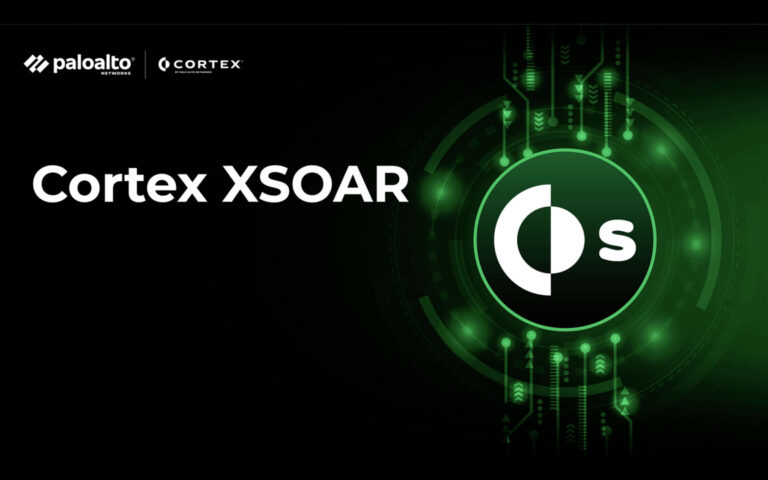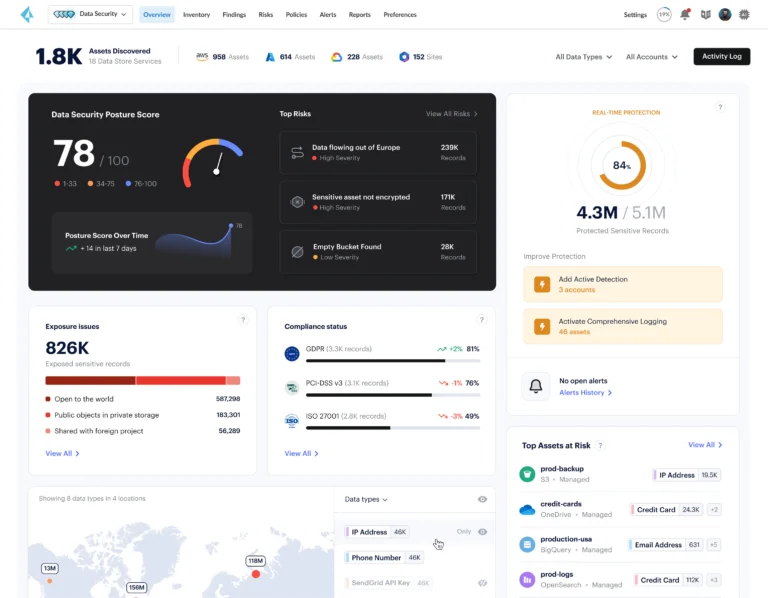What Is SASE?
At its core, SASE is a cloud-native architecture that amalgamates networking (SD-WAN) with a suite of security functions (like SWG, CASB, FWaaS, and ZTNA) into a singular service. This blend of networking and security as a service, delivered via the cloud, represents a substantial departure from traditional, perimeter-centric cybersecurity models.
Understanding Secure Access Service Edge: A Paradigm Shift in Cybersecurity
In today’s rapidly evolving digital landscape, the surge in remote workforces and the increasing reliance on cloud technologies have necessitated a paradigm shift in cybersecurity. Enter Secure Access Service Edge (SASE), a transformative approach addressing the complexities and challenges of modern network security.
The Rise of SASE: A Response to Changing Times
SASE emerged as a response to a confluence of trends: the ubiquity of the hybrid workforce, an upsurge in cloud and digital initiatives, and a transformation in branch office operations. Organizations now face the challenge of securely connecting an increasingly dispersed workforce to essential cloud applications.
Key Components
- Secure Web Gateway (SWG): Facilitates application control, threat detection, and URL filtering.
- Firewall as a Service (FWaaS): Offers advanced security services including Layer 7 inspection and threat prevention.
- Cloud Access Security Broker (CASB): Manages and secures the use of SaaS applications.
- Zero Trust Network Access (ZTNA): Provides continuous verification and policy enforcement for data and application access.
- SD-WAN: Enables flexible and secure traffic management across various sites.
Practical Applications
- Supporting Hybrid Workforces: SASE’s architecture is particularly beneficial in hybrid work environments, offering scalability, low latency, and enhanced threat monitoring.
- Securing Branch and Retail Locations: SASE efficiently manages the security of branch locations, especially those leveraging SaaS and public cloud services.
Advantages of Implementing
- Improved Visibility and Control: SASE provides a comprehensive view of users, data, and applications, enabling precise control over network activity.
- Reduced Complexity: It simplifies management by eliminating the need for disparate security solutions.
- Consistent Data Protection: SASE ensures uniform application of data loss prevention policies across all locations.
- Cost Reduction: By consolidating networking and security functions, SASE minimizes both operational and capital expenses.
Misconceptions About SASE
SASE is often misunderstood as just a cloud-based VPN or a solution solely for large corporations. However, it’s a versatile framework beneficial for businesses of all sizes and not exclusive to remote work environments.
Best Practices for Effective SASE Implementation
Collaboration Between Teams: Close cooperation between networking and security teams is crucial. Flexible Roadmap Development: Tailor the implementation strategy to align with business goals and IT initiatives.
Challenges in SASE Implementation
Implementing SASE involves overcoming hurdles such as redefining team roles, navigating vendor complexity, and balancing cloud-driven and on-premises strategies.
The Innocom Advantage in Building SASE Solutions
At Innocom, we recognize that developing a robust SASE solution requires more than just technical expertise; it demands a strategic understanding and vast experience in the rapidly evolving landscape of IT security. Our team, with its extensive experience and deep strategic insights, is uniquely positioned to design SASE solutions tailored to the specific needs of your organisation. We leverage our comprehensive understanding of both the technical intricacies and the broader business implications of SASE to create solutions that are not only technically sound but also strategically aligned with your long-term IT goals. This approach ensures that our SASE solutions provide maximum security, efficiency, and scalability, positioning your business at the forefront of modern IT capabilities.





